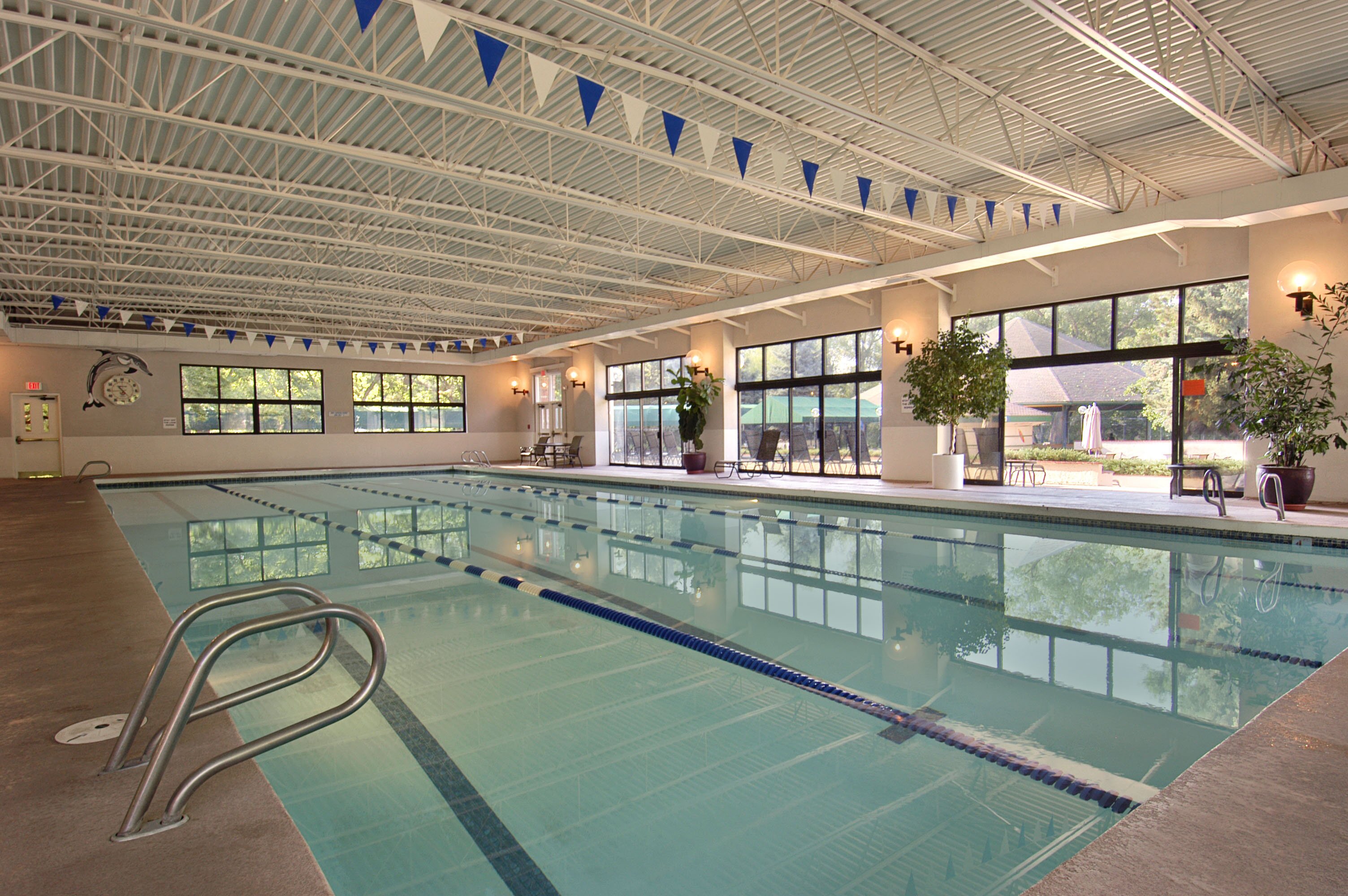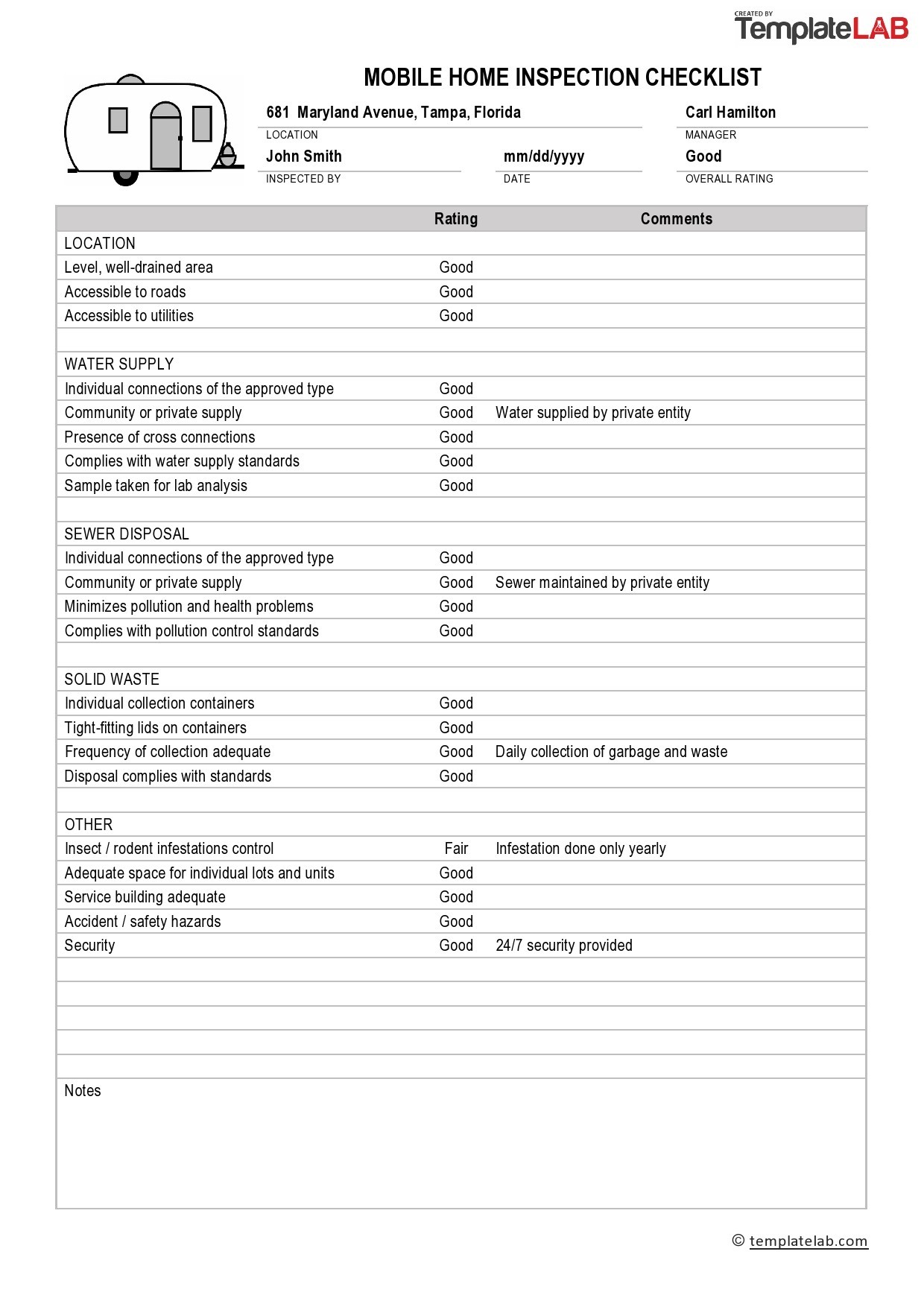Table Of Content
- Intake Manifold: Maximizing Engine Performance and Efficiency
- Intake Plenum Design and Flow Comparisons
- Influence of inflow directions and setting angle of inlet guide vane on hydraulic performance of an axial-flow pump
- Intake Manifold Geometry Design: Optimizing Performance and Efficiency
- How to clean an intake manifold in a diesel engine?
If a motor makes 550 hp on a 4-barrel-equipped, single-plane intake, it should make at least another 25 hp on a tunnel ram and turn an additional (and useful) 300 to 400 rpm. It may not be the cheapest of intakes to build, but the results are worthwhile. Here, the more direct routing of the runners of a single-plane V-8 intake manifold can clearly be seen. This, and the ability of each cylinder to utilize all four barrels of the carb, gives this style of manifold a clear top-end power advantage. So far, we have looked at the relatively simple Helmholtz resonator plenum-style intakes and independent runner intakes required for even-firing inline engines of 2 to 6 cylinders.
Intake Manifold: Maximizing Engine Performance and Efficiency
To feed an engine with a 750-hp potential, the manifold runners have to flow well and have good port velocity. Also the entry to each runner has to be taken care of for airflow, good wet flow, and fuel distribution. It is reasonable to expect that an aftermarket performance intake manifold actually can deliver a cost-effective amount of extra power.
Help Identify This Strange Mystery Intake Manifold - Jalopnik
Help Identify This Strange Mystery Intake Manifold.
Posted: Thu, 05 Mar 2020 08:00:00 GMT [source]
Intake Plenum Design and Flow Comparisons
Carbureted and throttle-body injection (TBI) intakes are known as the “wet flow” style because air and fuel combine in the plenum as it flows through the runners and into the combustion chamber. The wet flow design has challenges where contours or induction pulses allow the fuel droplets to separate and fall out of the suspended air/fuel mixture. There are some differences, but heat can be a bigger issue for the dry flow manifold, which is why you see racers put ice on their plenum between rounds.
Influence of inflow directions and setting angle of inlet guide vane on hydraulic performance of an axial-flow pump
This manifold has been a mainstay for OEMs because it produces excellent drivability. The cylinder runners are grouped and separated by 180-degrees of crank rotation and split a plenum. There are two small separate plenums, and the runners are usually long, with each one feeding four opposing cylinders of a V8 engine. The intake manifold is typically located on top of the engine, between the throttle body or carburetor and the engine cylinders. It can lead to a loss of engine power, decreased fuel efficiency, rough idling, and even engine overheating.
As a result, our experts explained that some cylinder head designers don’t always take into account how the intake manifold works and what effect is has to the cylinder head. Essentially, the consensus is that the manifold can drive the efficiency and effectiveness of the port in the cylinder head, but it’s often overlooked. On the bad side, in some situations, the manifold can be a restriction on very good cylinder head, if not properly designed. When it comes to intake design, Steve Morris told us that manufactures take a strategic approach to constructing and tuning the flow of an intake for a particular set of goals. During our discussions we highlighted the reasons why someone would consider going with a custom manifold design. Wilson told us that an intake manifold is much like a camshaft, meaning that it’s practically infinitely adjustable.
Problems Associated with Engine Intake Manifold
By analyzing factors like runner length, diameter, and shape, we can optimize the design to achieve the desired performance characteristics, such as improved torque at high RPMs. The intake manifold plays a crucial role in the functioning of an engine’s intake system. It is responsible for delivering air to the engine cylinders, where it combines with fuel for combustion. In this section, we will explore the materials used in intake manifold construction and discuss the importance of proper maintenance to ensure optimal engine performance. A variable-length intake manifold (VLIM) is an internal combustion engine manifold technology.Four common implementations exist.
Components of the Intake Manifold
I read that if you rub soap on the other side of the one you’re heating, once the soap turns black, the metal is annealed. But then it worked and I bent the plate to shape in the vice using a thick length of angle and a solid rod. Explore the forefront of Science, Technology, Engineering, Mathematics, and Biotechnology with TechieScience. Dive into expertly crafted blog posts on mechanical engineering, electronics, and more. This vacuum can also be used to draw any piston blow-by gases from the engine's crankcase. This is known as a positive crankcase ventilation system, in which the gases are burned with the fuel/air mixture.
It can also help in reducing the intake air temperature, which improves the engine’s efficiency. The best intake manifold runner design for an engine depends on various factors, such as the engine size, type, and intended use. Engineers use computer simulations and test data to determine the most suitable design for a specific engine. Remember, a well-maintained intake manifold is crucial for the overall performance and efficiency of your engine. We hope you’ve gained more of an understanding of what it takes to construct a world-class intake manifold and what the benefits are to these one-off pieces.

This includes the material used for the intake manifold, which is often lightweight and high-strength, such as carbon fiber. This level of sophistication ensures that F1 engines deliver exceptional performance on the race track. By optimizing the design and functionality of the intake manifold, it is possible to enhance the overall performance of the engine.
It is these angular differences that give a two-plane crank V-8 its distinctive throbbing exhaust note, leaving the impression of fewer RPM than is actually the case. The intake air was controlled by a mass flow meter and an intake chamber was used to reduce the fluctuation of the intake flow from the mass flow meter to the intake manifold. Engine data was acquired by using an encoder that was attached to the crank shaft directly, NI DAQ, and NI compact RIO. Some intake manifolds are made of plastic due to its lower cost, lighter weight, and easier manufacturing process compared to metal alternatives. Plastic intake manifolds can also provide better insulation against heat transfer.
The air oscillates between both sub-plenums, with a large pressure oscillation there, but a constant pressure at the main plenum. For V engines this can be implemented by parting a single large plenum at high engine speed by means of sliding valves into it when speed is reduced. The intake manifold is a crucial component of an engine’s air intake system. In this section, we will explore some advanced topics related to intake manifold design, modification, and compatibility with specific car models.
After a week or so, porting the flow figures posted outside the runners was achieved. Although substantial gains were seen, these still fell way short of a highly developed modern two-plane. By adjusting the three variables that dictate the frequency, we can boost the pressure in the plenum at a time when the runners are out of phase and doing the reverse of ramming the cylinders.
For instance, if the intake manifold gasket develops a leak, it can allow unmetered air to enter the engine, disrupting the air-fuel ratio and causing rough idling, misfires, or a decrease in power. It is essential to regularly inspect and replace the intake manifold gasket if any signs of leakage are detected. Wilson explained that it doesn’t matter the form of racing we are building and engine for, the engine is constantly fighting one obstacle. In many cases, especially where you see extreme racing environments like drag racing, NASCAR, and F1 – an intake manifold is often partially designed around the ‘worst’ cylinder.
The length and diameter of the intake manifold runners are important factors to consider. The length of the runners affects the intake air velocity and the resonance frequency of the intake system. Shorter runners are ideal for high RPM performance, while longer runners are better suited for low-end torque.
Additionally, the ported intake manifold can also enhance throttle response and overall engine efficiency. By following these steps and considerations, you can design an intake manifold that optimizes engine performance, enhances airflow, and improves overall efficiency. Remember to consider the specific requirements of your engine and use simulation tools to fine-tune the design for optimal results.













